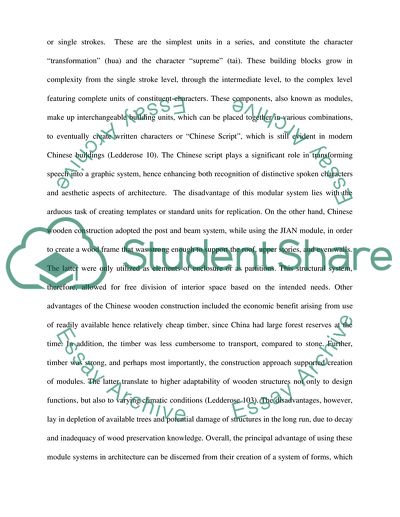Cite this document
(“Chinese History Assignment Example | Topics and Well Written Essays - 2250 words”, n.d.)
Chinese History Assignment Example | Topics and Well Written Essays - 2250 words. Retrieved from https://studentshare.org/history/1649279-see-instruction
Chinese History Assignment Example | Topics and Well Written Essays - 2250 words. Retrieved from https://studentshare.org/history/1649279-see-instruction
(Chinese History Assignment Example | Topics and Well Written Essays - 2250 Words)
Chinese History Assignment Example | Topics and Well Written Essays - 2250 Words. https://studentshare.org/history/1649279-see-instruction.
Chinese History Assignment Example | Topics and Well Written Essays - 2250 Words. https://studentshare.org/history/1649279-see-instruction.
“Chinese History Assignment Example | Topics and Well Written Essays - 2250 Words”, n.d. https://studentshare.org/history/1649279-see-instruction.


